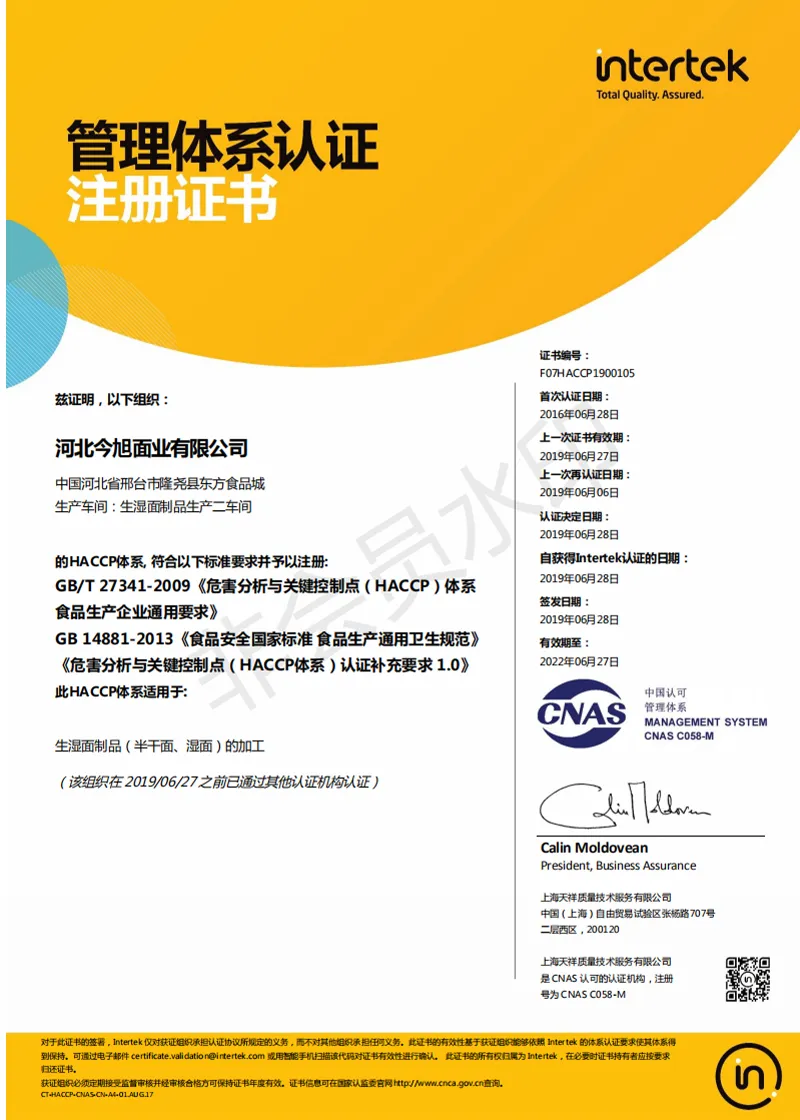types of hand pulled noodles
The Art and Variety of Hand-Pulled Noodles
Hand-pulled noodles, known as lamian in Mandarin, are a traditional Chinese noodle variety renowned for their unique texture and delightful chewiness. The skill involved in making these noodles is a time-honored craft, often passed down through generations. The variety of hand-pulled noodles is as vast as the regions they originate from, each with distinct characteristics, textures, and flavors. This article explores some of the most famous types of hand-pulled noodles, highlighting their unique features and culinary significance.
1. Lanzhou Lamian
Originating from Lanzhou, the capital city of Gansu Province, Lanzhou lamian is perhaps the most famous type of hand-pulled noodles. The preparation of these noodles involves a series of stretching and folding techniques, resulting in long, thin strands. Lanzhou lamian is typically served in a flavorful beef broth, garnished with fresh coriander, sliced radishes, and chili oil. The texture of these noodles is exceptionally chewy, which perfectly complements the rich and hearty broth.
2. Xi'an Biang Biang Noodles
Hailing from Xi'an, Biang Biang noodles are wide and thick, giving them their distinctive name, which is pronounced with a rhythmic biang biang sound. These noodles have a unique texture that is both soft and chewy. Biang Biang noodles are traditionally served with a spicy sauce made from chili oil, garlic, and vinegar, topped with vegetables such as green onions and bean sprouts. The dish encapsulates the bold flavors of Western China and is a favorite among locals and tourists alike.
3. Ningxia In-Style Noodles (Ningxia Youmian)
types of hand pulled noodles

Ningxia, an autonomous region in China, offers a unique take on hand-pulled noodles known as youmian. These noodles are often made with a mix of wheat and millet flour, resulting in a slightly nuttier flavor and a yellowish hue. Ningxia youmian is commonly served in a rich mutton broth, reflecting the region’s preference for lamb dishes. The chewy texture of the noodles pairs perfectly with the tender pieces of mutton, creating a satisfying and hearty meal.
4. Shanxi Dao Xiao Mian
Dao Xiao Mian, originating from Shanxi Province, is distinctive for its irregular thickness, as the noodles are shaved directly from a block of dough. This method creates short, flat noodles that have a delightful texture. Typically served in a savory broth or stir-fried with various ingredients like vegetables, meats, and sauces, Dao Xiao Mian is a perfect example of how hand-pulling techniques can produce a diverse range of noodle styles within Chinese cuisine.
5. Guangxi Mifen
In Guangxi region, mifen, or rice noodles, can also be handmade and pulled, though they differ from traditional wheat-based lamian. Guangxi mifen is typically cultivated from rice, giving it a distinct flavor and a gelatinous texture. These noodles are often stir-fried with vegetables and meats or served in aromatic broths with herbs, providing a refreshing and lighter alternative to the heavier wheat noodles.
Conclusion
Hand-pulled noodles are more than just a staple in Chinese cuisine; they represent the rich cultural heritage of various regions across the country. Each type of noodle carries its own story and preparation methods, showcasing the impressive skills of the artisans who make them. From the chewy strands of Lanzhou lamian to the wide, robust Biang Biang noodles of Xi'an, the diversity of hand-pulled noodles is a testament to the innovation and tradition within Chinese culinary practices. The next time you indulge in a bowl of hand-pulled noodles, take a moment to appreciate not only the delicious flavors but also the craftsmanship that goes into creating these delightful dishes.
-
Unleash Your Inner Chef with Delectable Italian Pasta CreationsNewsAug.01,2025
-
Savor Health and Flavor: Irresistible Soba Noodles for Sale Await!NewsAug.01,2025
-
Nourish Your Body with Premium Organic Ramen - A Culinary Delight AwaitsNewsAug.01,2025
-
Elevate Your Dishes with Our Exquisite Kinds of Egg NoodlesNewsAug.01,2025
-
Dive into Flavorful Convenience with Our Ramen OfferingsNewsAug.01,2025
-
Discover Exquisite Types of Naengmyeon and Chilled Soba NoodlesNewsAug.01,2025
-
Is Whole Wheat Pasta Healthy?NewsMay.30,2025
Browse qua the following product new the we

















































































































